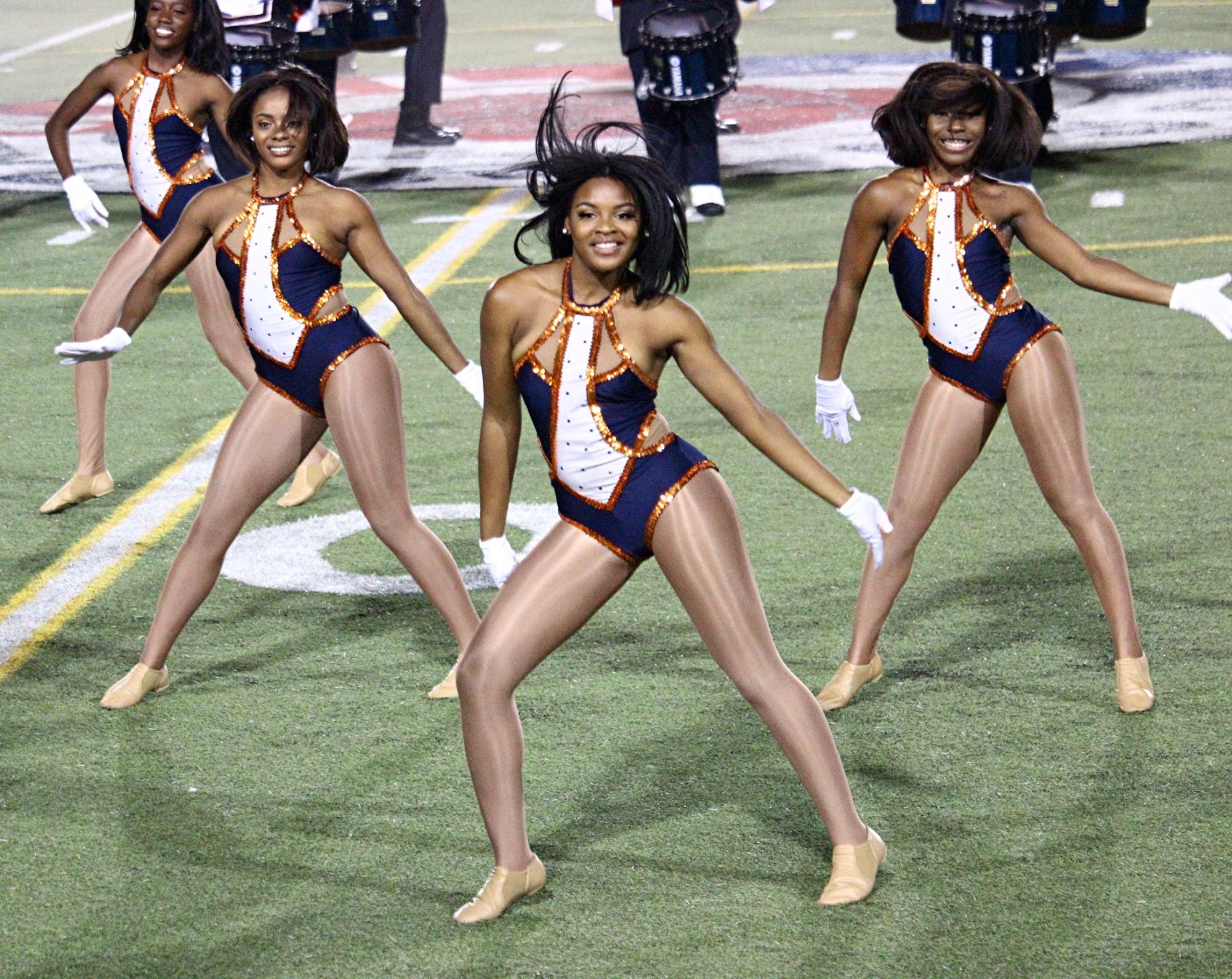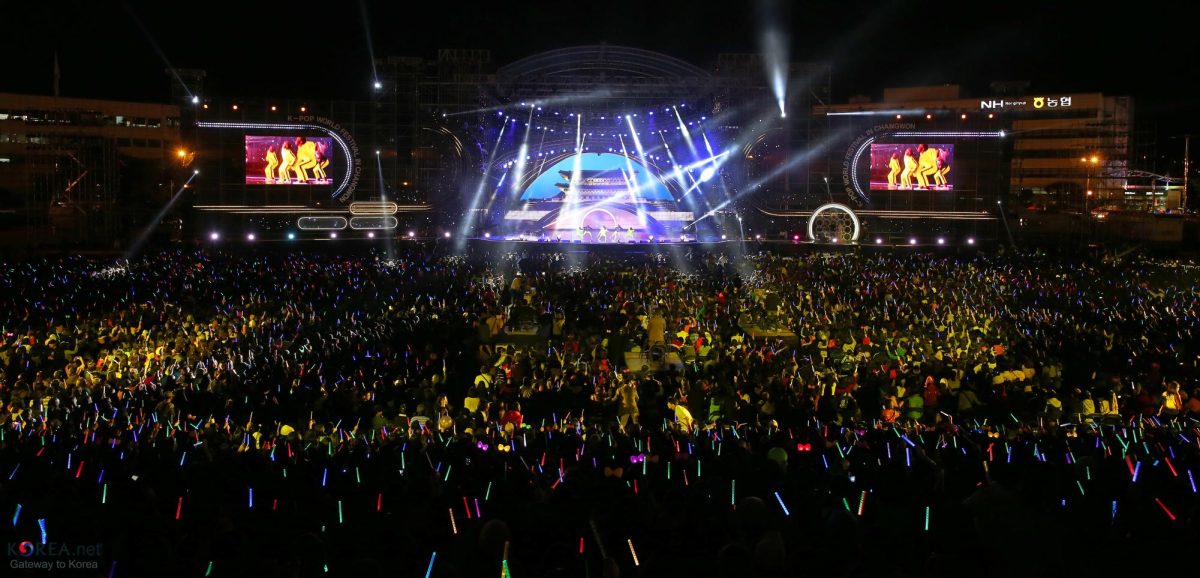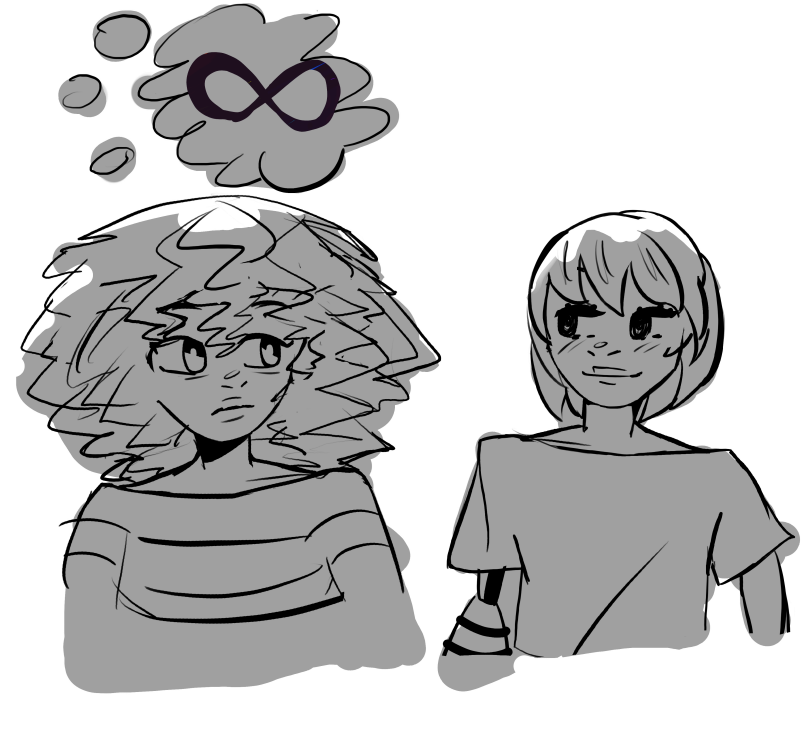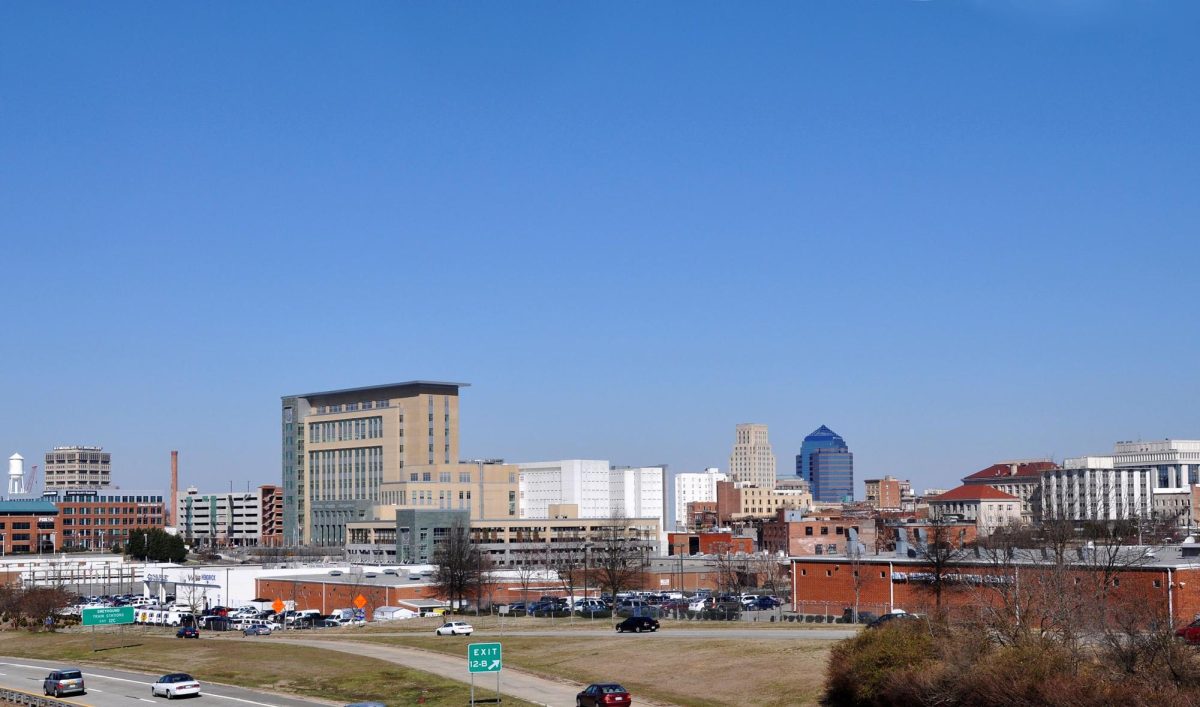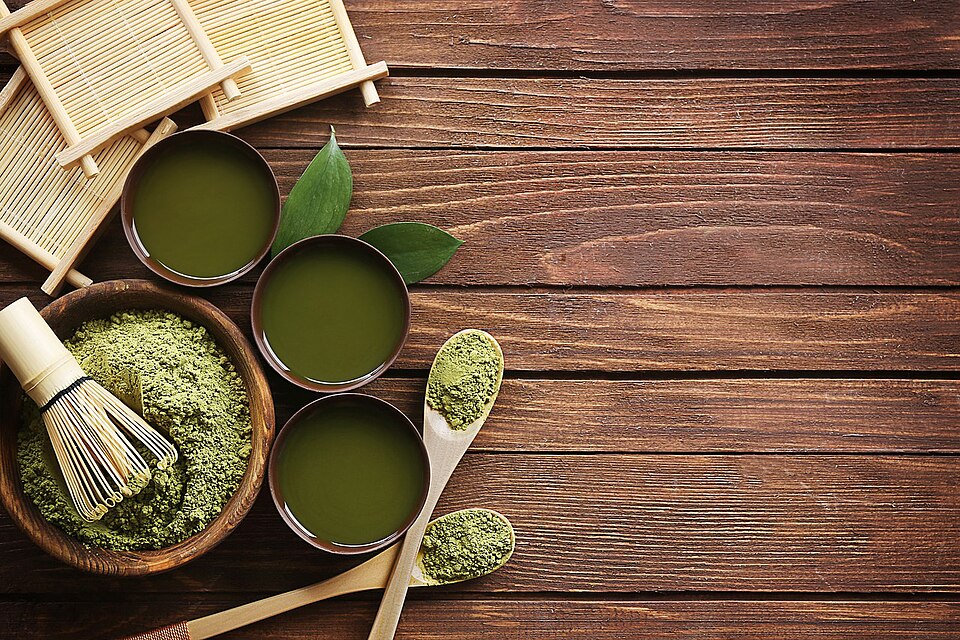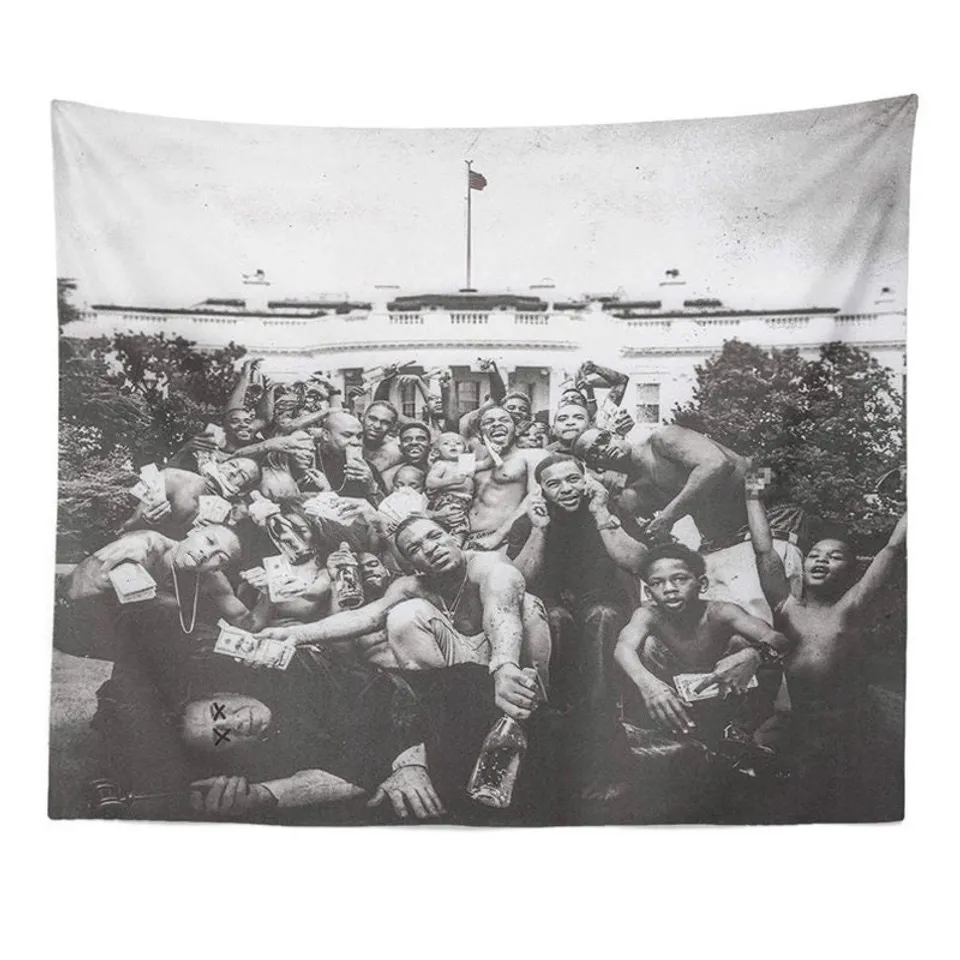The first time I heard of Homecoming was through Beyoncé.
I remember Beyoncé’s 2018 Coachella performance, dubbed “Homecoming: A Film by Beyoncé,” her documentary concert film.
She brought this celebration of Black culture to the stage, a tribute to the culture. I remember the drums, the roaring of trumpets, the echoes of her booming voice. I remember the symphony and togetherness of every aspect, the swell of the horns in time with the swell of pride and joy bubbling through me. This is homecoming.
Homecoming is an annual celebration for alumni at a high school, college or university.
This is a time that allows the new to welcome back the old. It’s a collision, a celebration of culture and the home we share. homecoming is about pride for one’s home.
My knowledge of homecoming growing up was limited due to my Guinean roots. I would later come to understand the importance of a homecoming, the importance of coming back to your roots, admiring and celebrating its past, present and future.
Most of all, I held onto the importance of this space for Black people as a time that allows for the overflow of people, performance and the power of Black beauty, creativity and excellence.
I understand it as a transformation of a homecoming, made to be completely and uniquely Black.
The difference between an HBCU homecoming and a PWI homecoming is big.
As a student at NC State, it feels like a watered-down version of what could be. It feels like just another game day filled with the same festivities. It doesn’t feel like a living, breathing thing, as opposed to an HBCU homecoming; This poses the question: Are Black people missing out on the homecoming experience at PWIs?
In HBCUs, it feels alive, like a living, breathing thing that can dance, sing and laugh.
It feels bigger than life; it’s more than a celebration about homecoming, but also one about Black excellence. It’s a testament that Black people are allowed to be big and great in the company of family.
Like other homecomings, an annual game with a powerful marching band/majorette performance is among the appeals. The halftime show at HBCUs’ football games, coupled with majorettes, brings a fierce energy to the field, elevating school spirit and pride through dancing and upbeat music.
The addition of these dancers, these rhythmic dance troupes, has been known to captivate crowds with their mixture of step, jazz, hip-hop and more. Traditionally, the weekend is closed with the performance of a gospel choice in a chapel service, signifying the end of the event and recognizing the achievement of spiritual connection.
With the boom of the entertainment industry, popular Black musicians have performed during homecoming weekend, from Drake to Megan Thee Stallion and more. It has become a competition among HBCUs to garner the best artists, as more people are coming out to their universities.
I reached out to some other Black students from PWIs and asked their thoughts on homecoming. Amaka Ejindu, a second-year in public health at UNC-Chapel Hill, went to “Greatest Homecoming on Earth” (GHOE) young, as a Greensboro native of Nigerian parents.
Ejindu said, “I was like, yeah, I know when I come here I’m not gonna get that experience at all, but I was like it’s okay because I wanted to come here [UNC] so I knew I was going to miss that.”
Another Black student, Audrey Scott, a second year in global studies at UNC, said, “I think that homecoming is a lot less of a big deal because it’s a PWI and nobody really talks about it. It’s not like an actual event [homecoming] like it is at an HBCU.”
While it feels like we are missing out on a piece of culture that is so great, we can also admire that presence from afar. Being near some illustrious HBCUs like North Carolina A&T State University (NCAT), Shaw University and North Carolina Central University (NCCU), I know of some homecomings that are the GHOE.
The question of the week has been, “You going to GHOE?”
As one of the largest HBCUs in the nation, known for a good lineup, NCAT have been dubbed GHOE. This lineup is among the factors that drive people outside of NCAT, such as Black NC State students, to show up and show out, the iconic red and white shining through in a sea of blue and gold.
With homecomings at PWIs, there is a smaller Black presence. It’s a space where “all are welcome,” yet it isn’t for us. While my experience is looking from the outside in, a white person can describe this homecoming with as much reverence as I have to HBCU homecomings.
The difference behind the culture and buildup of homecoming is stark.
Scott says, “The culture around football games and celebrations is more like HBCU bands are a lot bigger and more celebrated than PWI bands, the celebration and the performance is [are] bigger.”
Another big part of what makes an HBCU homecoming so great is that it is a reformation of the PWI homecoming. It’s something for us by us, which makes it feel like our own personal homecoming, our own haven.
As students at a PWI community, rapport within is important to us. It’s easy to feel isolated and “othered”. Coming to a PWI means just that, being surrounded by primarily white people, but this also means our Black and POC communities are closely knit. It’s almost as though our small numbers strengthen our presence. There is a comfort in walking around to see a familiar face of color within our community.
Edjindu said, “I feel like you have to look for it, if you’re just walking on the street near the fraternity houses, you will see parties there, but if you want something that’s more inclusive, that’s not gonna be found in [white] sororities and fraternities.”
Black people aren’t advertised at PWIs; it’s expected to see us everywhere at HBCUs, clouded by the bright shining faces the sun has kissed. But it’s harder to find and establish a presence at a PWI. Homecoming, regardless of whether you’re an alumnus or current student, is an experience we should have the pleasure of having as a part of the Black community.
I can hear the bass and beats of drums, the crack of snares, the brass of trumpets, the snap of fans, the footsteps of majorettes, the shouts of riled-up football players, the singing of lit guests at the concert and most importantly, I can hear the rejoicing of black joy.
The grandeur of an HBCU homecoming feels electric; it’s a performance, it’s entertainment, it’s pride, it’s joy, it’s fashion, it’s togetherness, it’s home.

